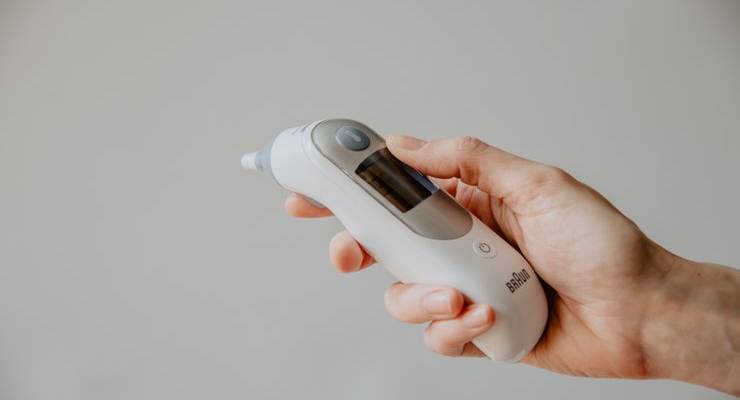
If you contract coronavirus disease, your lungs are likely to be the part of the body that is affected first.
Coronavirus is a respiratory condition and the symptoms of coronavirus will be largely connected to your respiratory organs.
When coronavirus enters the body, it begins attaching to cells, mostly in the lungs, in the same way that the common cold virus would. The big difference is that coronavirus attacks the immune system, which is why it can be so detrimental for those living with autoimmune conditions, or for elderly people who have weaker immune systems.
When coronavirus begins to infect the body’s cells and tissues, the immune system sends out a defence response. The purpose of that response is to stop coronavirus from spreading.
A simplified way to think of it is:
- Coronavirus enters the body and begins attaching to host cells
- The immune system mounts a counter-attack to this invasion
- The fight between coronavirus and your immune system damages surrounding areas (tissue) in the same way that a battlefield would be damaged.
If a person is infected with a large viral load of coronavirus, their immune system will have to fight harder to ‘clean’ the infected cells. The higher the viral load that enters the body, the higher the potential for damaged lung tissue.
If a person is infected with coronavirus, there is no way to tell their body is mounting an immune response to this viral invasion. However, the symptoms of coronavirus signal to the outside world that something is wrong.
If you have been infected with coronavirus disease, you are likely to experience the following symptoms:
- Cough
- Higher temperature
- Difficulty breathing
- Shortness of breath.
Less common symptoms of coronavirus disease, as reported by Mayo Clinic, include:
- Loss of taste
- Loss of smell
- A sore throat
- A runny nose
- Tiredness
- Body aches and pains.








Crikey is committed to hosting lively discussions. Help us keep the conversation useful, interesting and welcoming. We aim to publish comments quickly in the interest of promoting robust conversation, but we’re a small team and we deploy filters to protect against legal risk. Occasionally your comment may be held up while we review, but we’re working as fast as we can to keep the conversation rolling.
The Crikey comment section is members-only content. Please subscribe to leave a comment.
The Crikey comment section is members-only content. Please login to leave a comment.